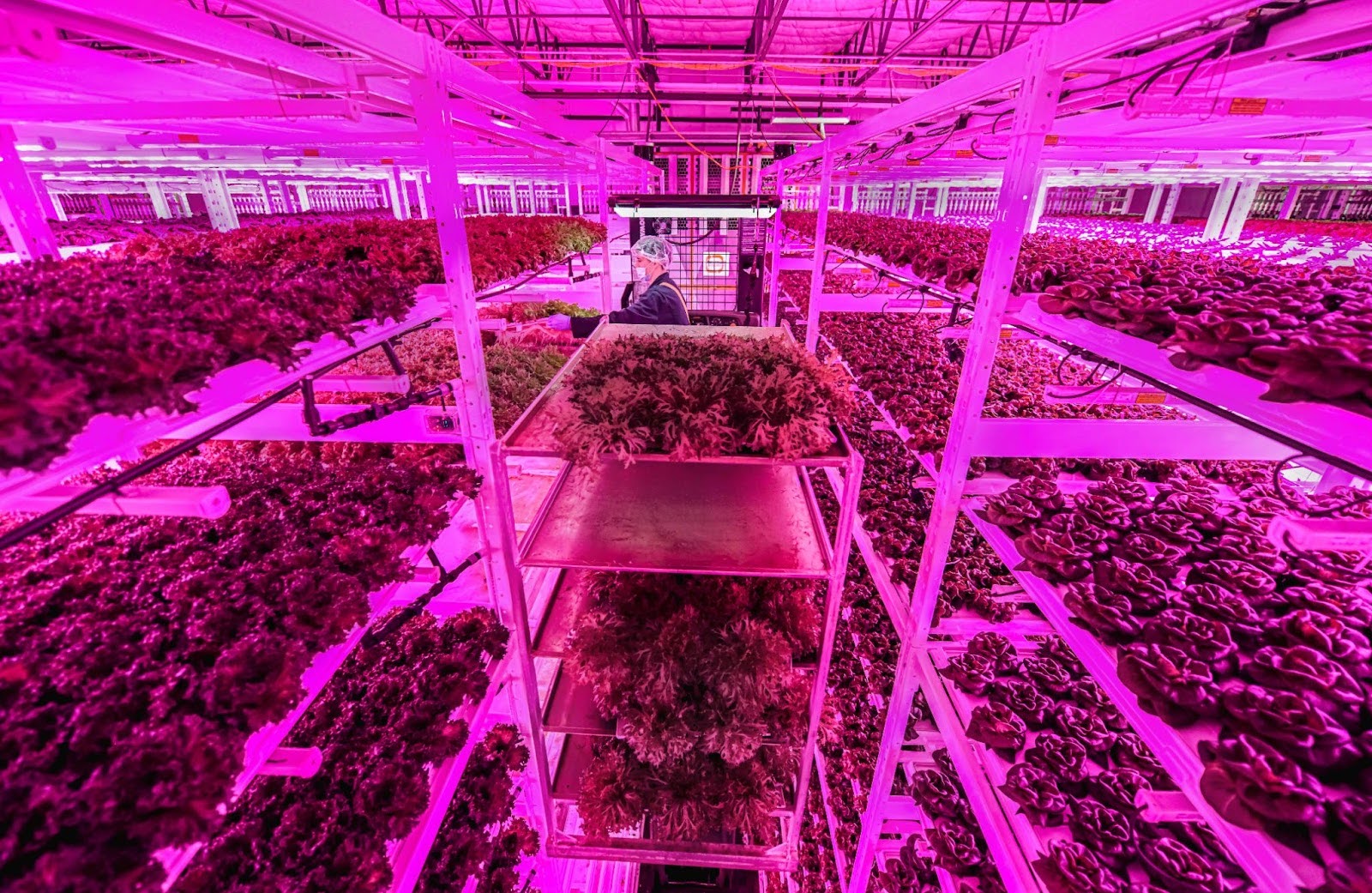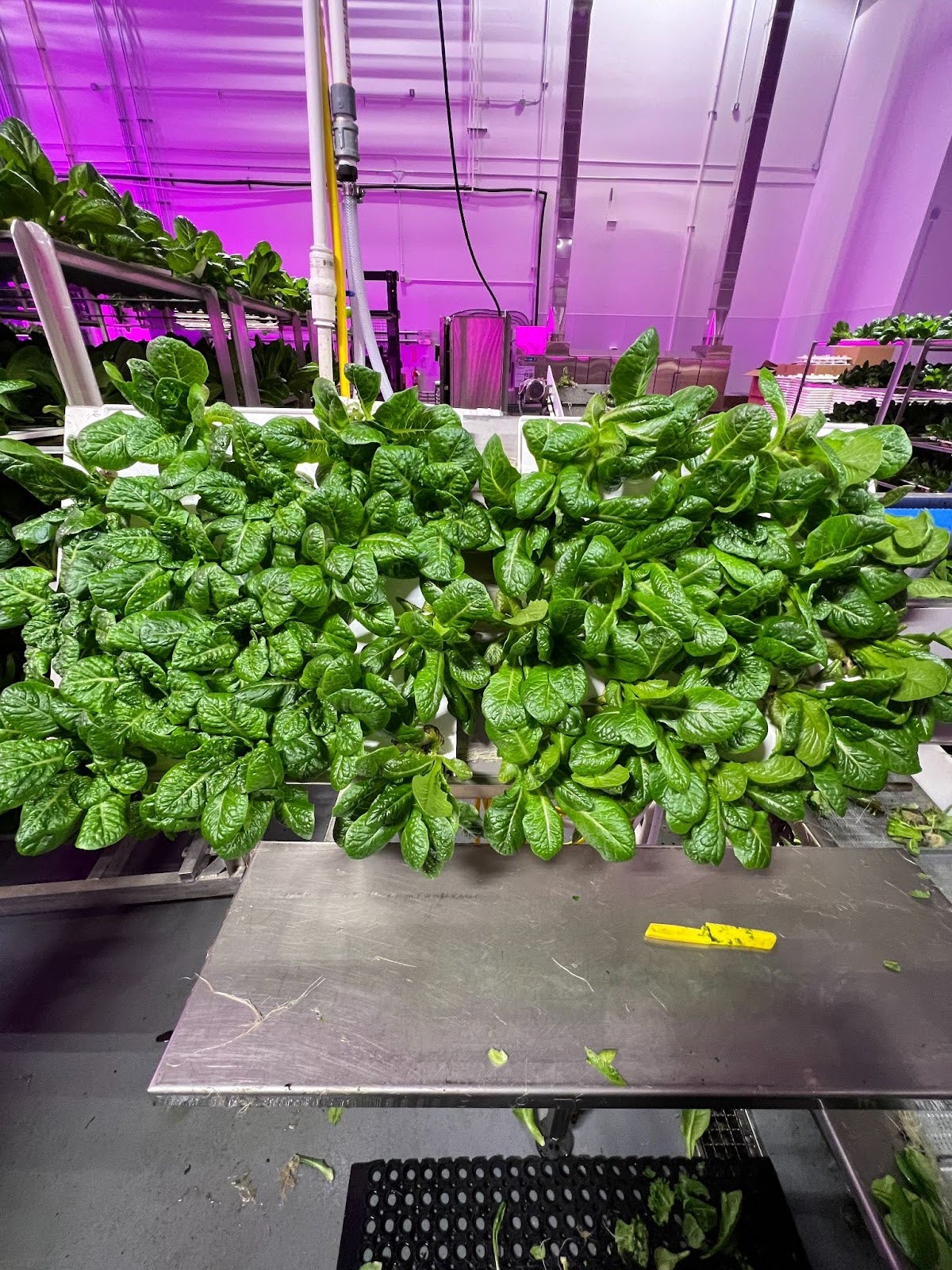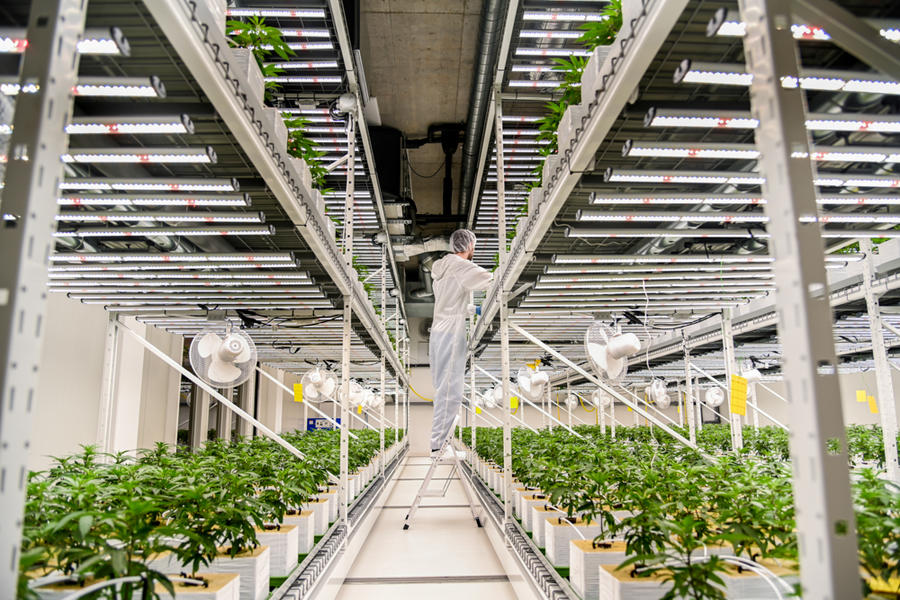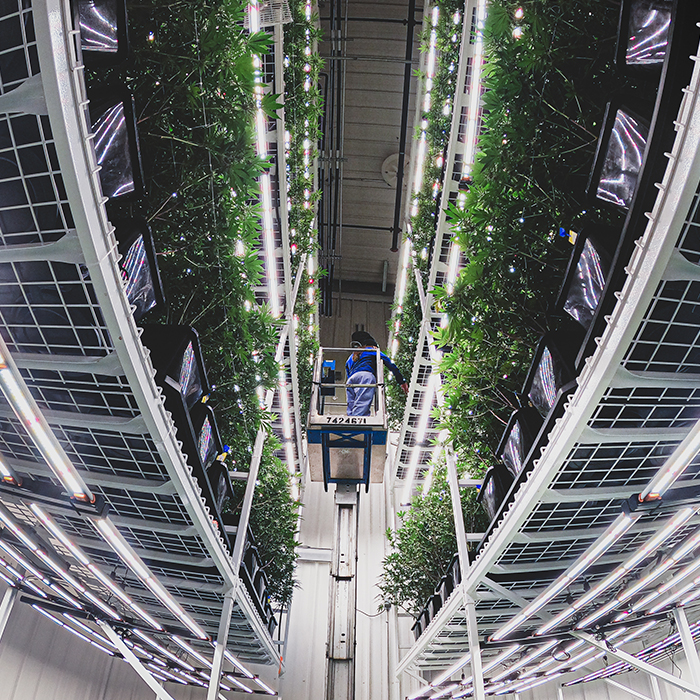In the Future, the Most-Nutritional Crops Will Be Grown Indoors
Insights on vertical farming - July 28th 2025

One Cornell study estimated the losses to global agriculture since the 1960s due to climate change amount to as much as 21 percent of total production during that time—about seven years worth of global crops gone.
A far more insidious detriment to agriculture, however, is not in merely what we lose through climate change, but in what little we retain. Climate change could be causing crops to lose their nutrients, and the knock-on effects could hurt our health and impact gravely already vulnerable communities suffering from micronutrient deficiency.
How does nutrient dilution happen, and how might controlled-environment agriculture (CEA) powered by vertical farming be the solution?
Dangers of high CO2 and temperature to nutrient-rich foods

Over the last 60 years, the amount of carbon dioxide in our atmosphere has increased by 280 parts per million (ppm). According to the latest findings from the National Oceanic and Atmospheric Administration, 2023 saw the largest year-over-year increase (3.75 ppm).
Global temperatures have also risen, by an average 0.11 degrees Fahrenheit per decade since the mid-19th century, and three times as fast (0.36 degrees per decade) since the mid-1980s.
For many crops, these conditions actually encourage faster plant growth, but with a major drawback: though these factors invigorate carbohydrate growth in crops, they can also reduce their mineral content—potassium, calcium, iron, zinc, and more—by 8 percent or more.
Many plant scientists also suggest that as other major contributors to climate change (industrialization, deforestation, pollution, and even large-scale commercial agriculture) continue to disrupt soil structures and microbe ecosystems, which assist crops in water and nutrient absorption, crops won’t be able to keep pace with CO2 and temperature increases, causing the nutritional density of fruits and vegetables to wane even more.
Vertical farming: A Home for Nutrient-Dense Food

By bringing farming indoors, into commercial grow spaces or greenhouses, controlled-environment agriculture helps avoid nutrient loss caused by climate change.
When you grow indoors, you have the power to control everything from the material you grow in to the nutrient recipe fed to your crops to the amount of light and CO2. Nothing is left to chance.
In doing so, CEA allows farmers to maintain and even increase the nutritional content of their crops. Half the world does not consume enough essential micronutrients as it is. For the sake of a healthier, happier world, our agricultural industry must do what it can to preserve the food system we have and strive toward a world where everyone has access to delicious, nutrient-dense produce no matter where they live.
Time and time again, Montel has partnered with and supported CEA facilities on their mission to develop scalable and high-performing indoor farms and commercial greenhouses. Together, we’ve developed custom installations capable of growing high-yield, nutritionally dense crops year round anywhere in the world.
Check out how our vertical farming systems like the GROWRAK 2.0 have brought the promise of 21st-century, tech-forward agriculture to companies like Kalera and GoodLeaf Farms.
Ready to bring clarity to your indoor vertical farming project?
Connect with our team—we’re here to help you plan smarter. From custom ROI projections to detailed 2D and 3D renderings of your ideal mobile system, we’ll guide you every step of the way.





